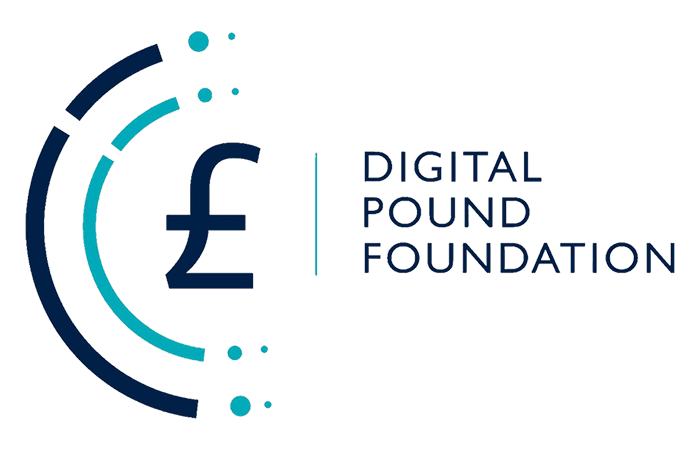Source: Ripple
Each quarter we’ll be going under the hood with professors from Ripple’s University Blockchain Research Initiative (UBRI) to gain a deeper understanding of trending topics in crypto and blockchain, and highlight their insights and key takeaways.
There seem to be almost as many opinions about the viability and best use of Central Bank Digital Currencies (CBDCs) as there are countries currently exploring them. That’s 114 for those keeping count.
Even in the United States, there are mixed views on CBDCs. While the Undersecretary for Domestic Finance at the Treasury downplayed the need for one late last year, American Banker kicked off the new year with a headline about the increased pace of CBDC projects in 2023.
To get some clarity, we sat down with Professor Darrell Duffie, the Adams Distinguished Professor of Management and Professor of Finance at Stanford Graduate School of Business and an active UBRI participant.
Check out the conversation below for a deep dive on the state of CBDCs today and what he thinks is next from a global perspective.
Which countries are seeing the most traction with CBDCs and who do you predict will have the next pilots or proofs of concept in production?
CBDCs are a global phenomenon. There are now more than one hundred countries representing over 95 percent of the world’s GDP exploring a CBDC, all at different stages of development.
Among large countries, the U.S. is the least advanced in developing a central bank digital currency, in part due to the lack of government regulations, while China—even though it already has top-notch digital and mobile payment solutions like Alipay and WeChat Pay—is the furthest ahead. Yet, despite China’s progress, the digital yuan (e-CNY) has had limited traction. Part of this can likely be attributed to privacy concerns by its citizens.
The rest of the world is somewhere in between these two margins. Some smaller countries—like the Bahamas and Nigeria—have already formally introduced CBDCs into their economies but have not seen high usage or consumer adoption. In these countries, adoption lags not just because of the introduction of the CBDCS, but due to lack of Internet access and education about how to use digital wallets.
On the flip side, Brazil successfully upgraded its commercial bank payments using its new Pix system, and is now developing a CBDC for “wholesale” financial applications. Others like India, Singapore, Hong Kong and the eurozone are all engaged in pilots or testing.
What do you see as being the main drivers of adoption and exploration of CBDCs?
Each country has its own reasons for exploring a CBDC. Some—like Sweden, Canada, Palau and Bhutan—want to ensure the existence of a digital national currency in the event that paper money goes out of circulation, or becomes too costly to print and has a negative impact on the environment. Where currency doesn’t have to be printed or coins don’t have to be minted, there are opportunities for significant cost savings. Other countries desire wholesale-only CBDC applications, are fostering the development of more advanced payment systems, or are examining a CBDC as a way to boost financial inclusion.
In this early stage of development, every central bank has some amount of FOMO—or fear of missing out—and wants to ensure they have a viable CBDC project underway so that they don’t fall behind or in case the technology turns out to be quite useful for applications such as cross-border payments and international settlement.
Still, many central bankers remain unsure of the ultimate use case for or utility of the technology and are moving slowly so as not to disrupt their commercial banks.
Despite this uncertainty, I expect most countries to continue working on CBDC development. In particular, many European countries are moving quickly towards a digital euro. Russia is also working on a CBDC, perhaps highly motivated by backstopping its access to international payment systems.
What’s your pulse on current sentiment around CBDCs and stablecoins in the US?
Attitudes towards CBDC and stablecoin development vary by agency and branch of the U.S. government.
In a 2022 executive order earlier, the Biden Administration asked for recommendations on how to improve the U.S. economy using digital assets like CBDCs and stablecoins, and via better regulation. The Treasury Department responded with suggestions ranging from the use of existing payment methods like digital bank payments to the development of both public and private digital currencies.
Without clear direction from the President and Congress about how and when to move forward on issuing a CBDC, the U.S. Federal Reserve is proceeding cautiously to ensure collaboration between banking regulators, central banks and commercial banks. Meanwhile, the Fed is engaged in basic research on digital currencies. For example, Project Hamilton, a joint effort between the Federal Reserve Bank of Boston and the MIT Digital Currency Initiative, is exploring the core technical issues of a CBDC and is one of two active projects. Project Cedar, at the Federal Reserve Bank of New York, is researching the use of wholesale CBDCs for interbank and other wholesale financial applications like settling bond trades and making foreign exchange payments.
So where do we go from here to help accelerate global CBDC adoption?
If central bankers in the U.S. do move forward with developing a digital currency, one critical consideration will be how best to encourage its use by consumers, given the high barriers to adoption such as education, security and privacy.
Take credit cards for example. It’s easy to imagine consumers choosing to use a credit card over a CBDC in order to earn travel or cash back rewards. Without an added incentive, widespread adoption of a CBDC will be tricky. And banks will probably not want to cannibalize their existing profitable payment services. In response to this, countries like the Bahamas and Jamaica are offering incentives to citizens to use CBDCs to purchase local goods and services. This makes choosing to use a CBDC more enticing for citizens, rather than paying interest rates mandated by credit card companies.
Consumer education campaigns won’t be enough. The government and the Fed should actively work to surmount these challenges and boost competition and innovation in payment systems. This could include, for example, capping interchange fees at a lower level to limit credit card rewards, or mandating a standardization of apps through which banks offer CBDC payments and new fast-payment systems like FedNow. For at least some years, FedNow could be a very effective substitute for a digital dollar, if provided in an highly accessible and interoperable way.
Countries are learning that it’s not simply a case of “if you build it, they will come.” Thoughtful consumer education, upgraded infrastructure and meaningful incentives are needed to accelerate adoption.
Irrespective of the U.S., the pace of CBDC development around the world will accelerate over the coming years, with more and more countries moving into active pilots or tests. Whether deployed for domestic economic purposes or for cross-border transactions, the usefulness of CBDCs will grow as adoption increases and specific use cases are proven out.
To learn more about Ripple’s CBDC solution, visit ripple.com/cbdc or download the latest CBDC report from Futurum.
For additional UBRI insights, check out the latest research report.
























































